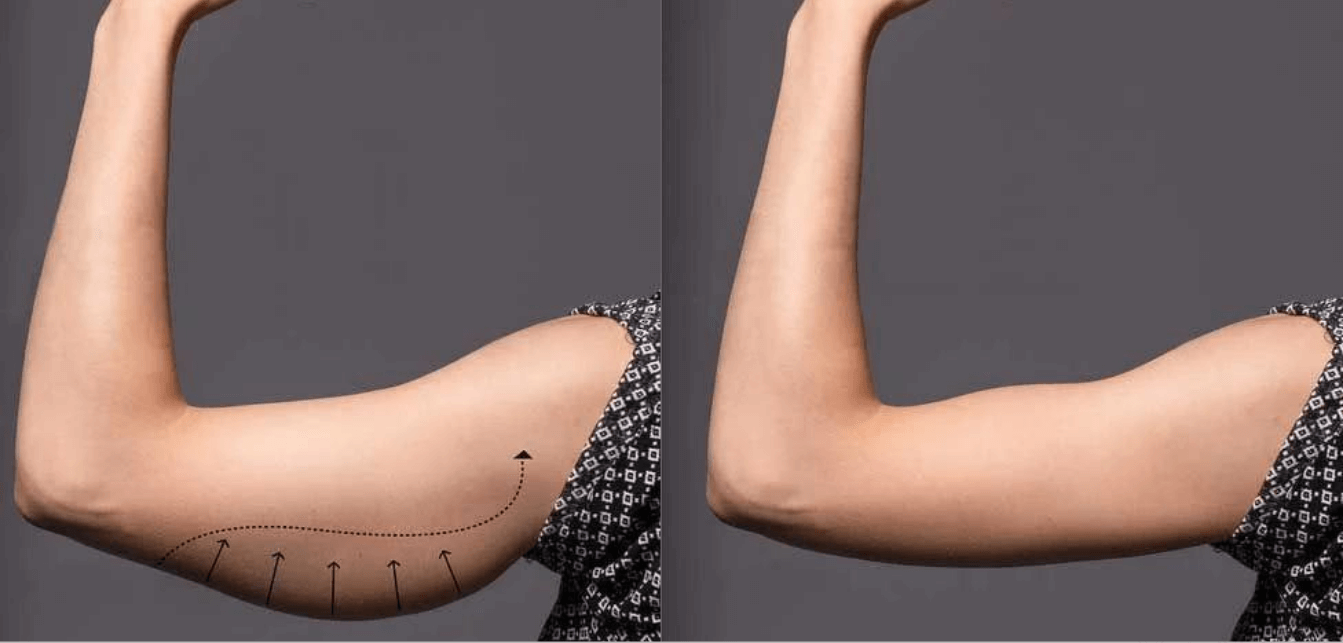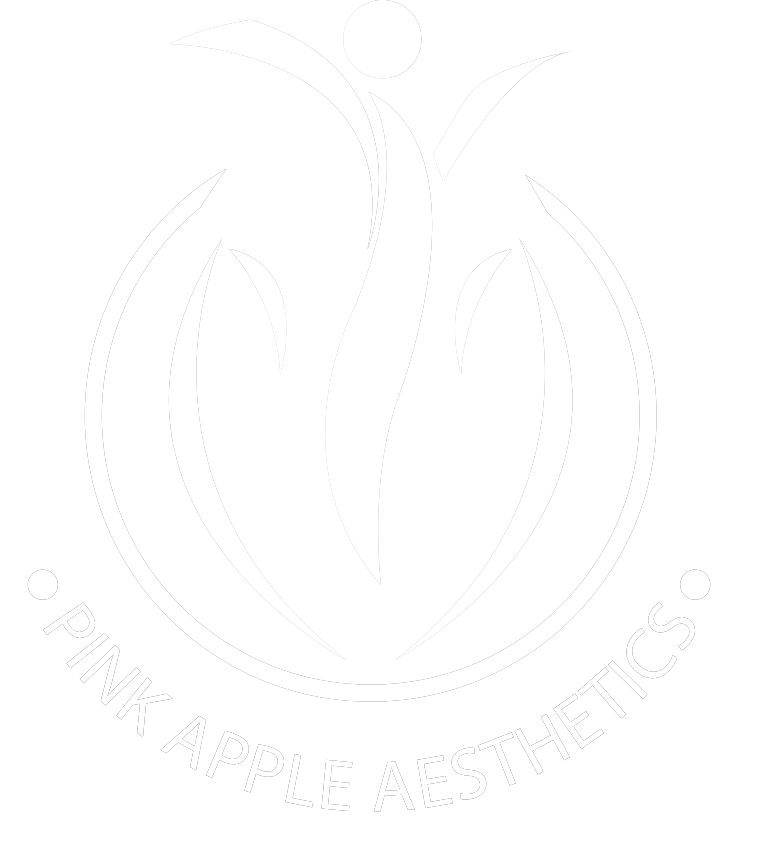A brachioplasty or arm lift is a cosmetic operation done to improve the appearance of the under area of your upper arms. In fact, it has become one of the most rapidly growing operations in plastic surgery. During an arm lift, excess skin and fat are surgically removed from the portion between armpit and elbow. The remaining skin is placed back over the newly repositioned contours to create a more toned look.

Purpose of this procedure:
As one ages, the skin on the upper arm undergoes changes, such as sagging and can become loose. Significant weight loss can also cause the underside of your upper arm to droop. While exercises can cover it up by way of strengthening and improving the muscle tone, the excess skinon account of reduced elasticity would still remain an issue. That is where brachioplasty gains significance. You might opt for an arm lift if there is visible sagging of the undersides of the upper arms. Needless to say, it enhances your body image and restores self-confidence.
Preparing for the procedure:
The first step is talking to your plastic surgeon about your willingness to undergo the procedure, following which your plastic surgeon will likely:Examine your past medical history: Tell your plastic surgeon how healthy you are and update him/her regarding your current and past medical history, medications you are/were taking as wellas any operative procedure you had undergone in the past.Conduct a physical exam: In order to choose the correct treatment modality, the doctor will examine the underside of your arm. Sometimes, pictures of the underside of your arm will also be taken for medical records.Discuss what you expect: Explain why you want to consider brachioplasty and what you expect in terms of the outcome of the procedure. Make sure you understand the procedure thoroughly.Before undergoing the procedure you may be asked to discontinue certain medications such as aspirin, anti-inflammatory drugs and herbal supplements, which can increase bleeding. This is also a great time to ask your doctor any questions or bring up any concerns you have about brachioplasty.
Your preoperative evaluation might also include:
- lab work
- a chest x-ray
- an electrocardiogram
- a prescription for preoperative medication
During the operation:
Brachioplasty can be done with sedation or local anesthesia which numbs only that particular body part. In other cases general anesthesia, which numbs the whole body, is recommended. Your anesthetist will administer the appropriate drug in consultation with your surgeon.The length of the incision and pattern depend on the amount and location of the skin that needs to be removed. Incisions are generally made on the inner-side of the arm or the back of the arm, depending upon the surgeon’s preference. Incision may extend from underarm to the elbow. Either through direct excision or liposuction, the excess fat is taken out. Before closing the incision the underlying supportive tissue is tightened and reshaped with internal sutures. Finally,skin is smoothened over the new contours of your arm. Stitches and surgical tapes are used to close the incision.
Recovering from the procedure:
Make arrangements for someone to drive you home after the procedure and stay with you as you begin to recover.Someone from the plastic surgery team will visit you within a day or two post procedure to assess the procedure. You may be given pain medications and antibiotics to prevent infections. During the recovery phase, dressings or bandages may be applied to your surgical wound. To reduce the swelling following surgery, your arm may be wrapped in an elastic bandage or a compression sleeve. A small thin tube may be placed under the arm to drain excess blood or fluid.Your surgeon will give you clear instructions as to how to take care of the surgical site and drains, medications to take orally or apply over the wound area to promote healing. You have to appear for the follow-up visit as per the directions of the surgeon. Stitches can be taken out one to two weeks following the surgery, whereas some stitches dissolve on their own.The toned and tighter contours of the upper-arm are apparent almost immediately after surgery, though the initial results are obscured by swelling and bruising. There will be scarring in the area where the incision was made, it will fade away with time. Following the surgeon’s instructions is essential for the success of the operation. Make sure you do not subject the surgical incisions to excessive force, swelling, abrasion or motion during the recovery period,especially the first eight weeks post procedure. Avoid lifting your arm above shoulder level for four weeks. Your doctor will give the necessary instructions as to how to care for yourself.The results following a brachioplasty are long-lasting provided you maintain a stable weight and overall fitness. As you age, it is natural to lose some firmness, but most of your improvement is relatively permanent. Regardless of what is causing your sagging skin, a brachioplasty can make your upper arms lookmore toned and defined.
For Enquiries and Online Appointments
For more detailed information about Brachioplasty, please send us a message today.

